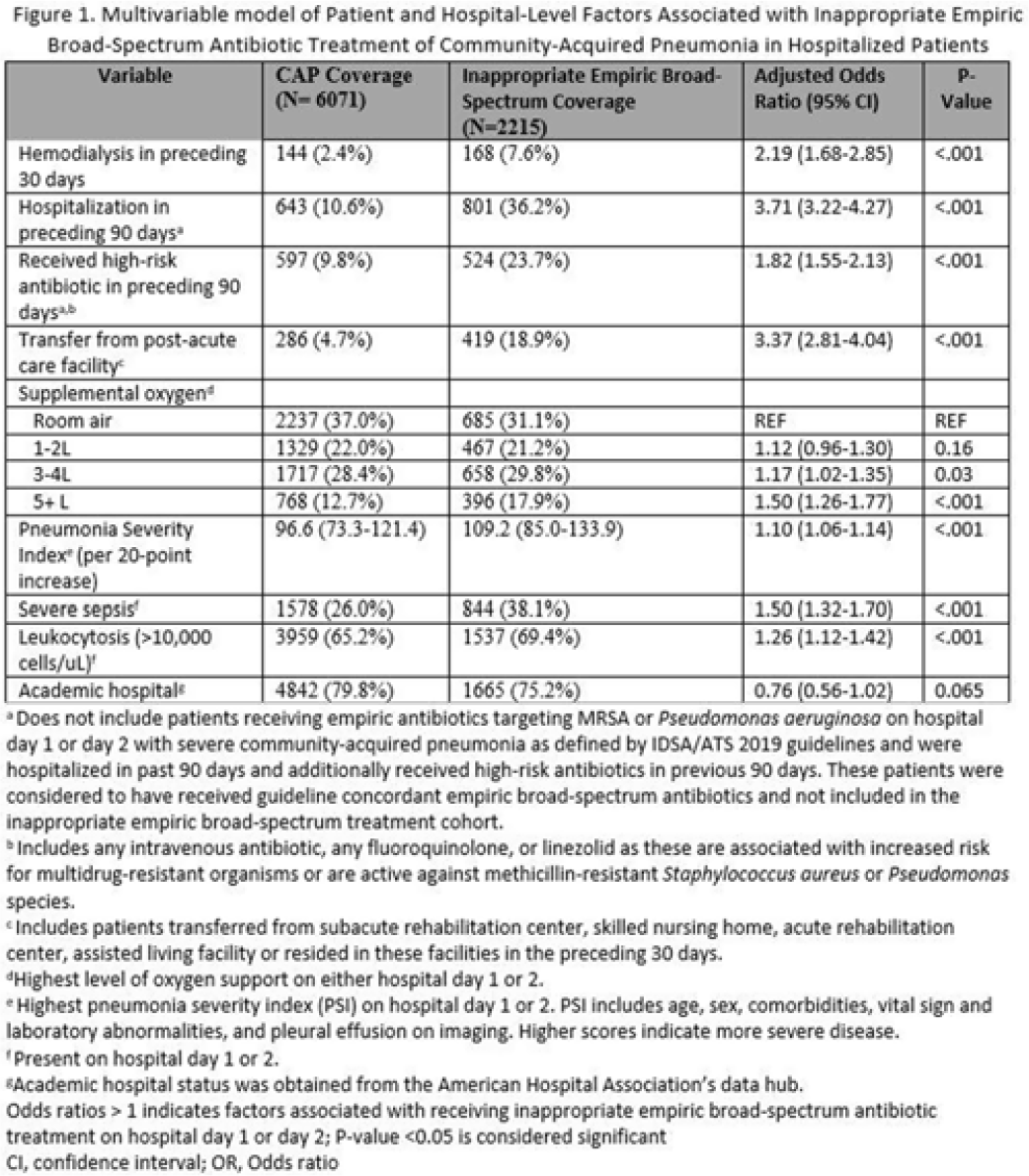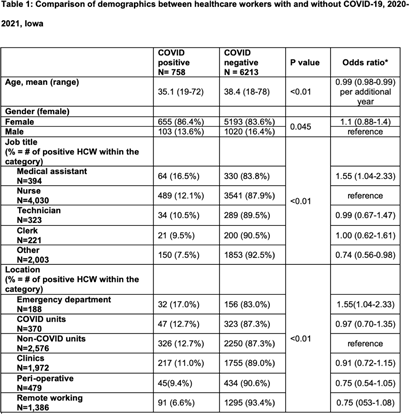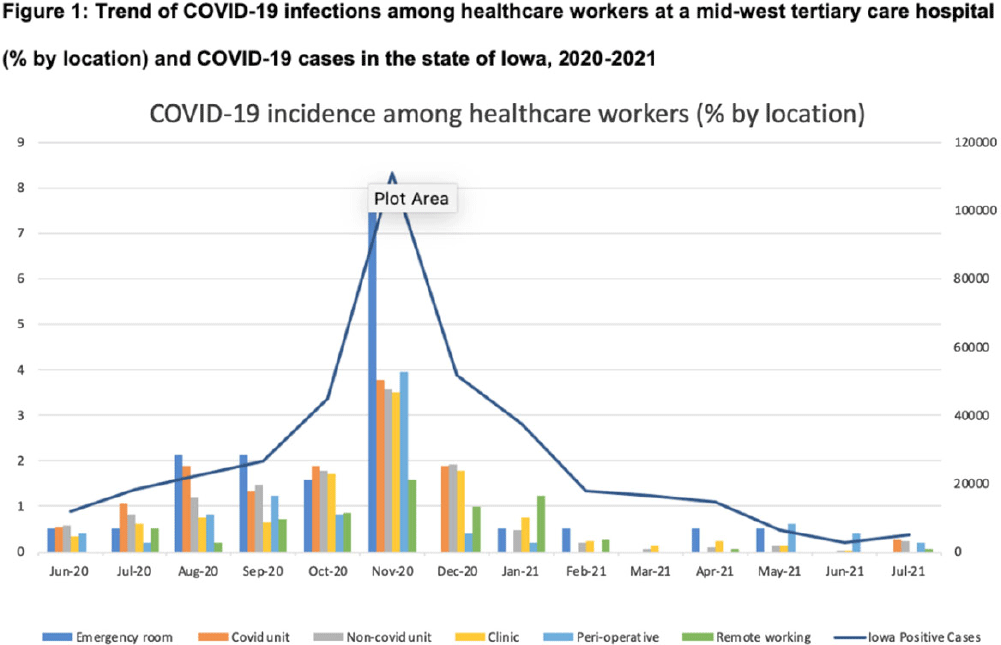122 results
Stakeholder perspectives of mental healthcare services in Bangladesh, its challenges and opportunities: a qualitative study
-
- Journal:
- Cambridge Prisms: Global Mental Health / Volume 11 / 2024
- Published online by Cambridge University Press:
- 12 March 2024, e37
-
- Article
-
- You have access
- Open access
- HTML
- Export citation
Development of the conversation tool “I-HARP for COPD” for early identification of palliative care needs in patients with chronic obstructive pulmonary disease
-
- Journal:
- Palliative & Supportive Care , First View
- Published online by Cambridge University Press:
- 16 February 2024, pp. 1-9
-
- Article
-
- You have access
- Open access
- HTML
- Export citation
Bioclimatic predictors of forest structure, composition and phenology in the Paraguayan Dry Chaco
-
- Journal:
- Journal of Tropical Ecology / Volume 40 / 2024
- Published online by Cambridge University Press:
- 04 January 2024, e1
-
- Article
-
- You have access
- Open access
- HTML
- Export citation
84 Feasibility and Validity of Remote Digital Assessment of Multi-Day Learning in Cognitively Unimpaired Older Adults
-
- Journal:
- Journal of the International Neuropsychological Society / Volume 29 / Issue s1 / November 2023
- Published online by Cambridge University Press:
- 21 December 2023, pp. 487-488
-
- Article
-
- You have access
- Export citation
How old is the Ordovician–Silurian boundary at Dob’s Linn, Scotland? Integrating LA-ICP-MS and CA-ID-TIMS U-Pb zircon dates
-
- Journal:
- Geological Magazine / Volume 160 / Issue 9 / September 2023
- Published online by Cambridge University Press:
- 22 November 2023, pp. 1775-1789
-
- Article
-
- You have access
- Open access
- HTML
- Export citation
Severe and common mental disorders and risk of emergency hospital admissions for ambulatory care sensitive conditions among the UK Biobank cohort
-
- Journal:
- BJPsych Open / Volume 9 / Issue 6 / November 2023
- Published online by Cambridge University Press:
- 07 November 2023, e211
-
- Article
-
- You have access
- Open access
- HTML
- Export citation
Radiofrequency ice dielectric measurements at Summit Station, Greenland
-
- Journal:
- Journal of Glaciology , First View
- Published online by Cambridge University Press:
- 09 October 2023, pp. 1-12
-
- Article
-
- You have access
- Open access
- HTML
- Export citation
Risk Factors and outcomes associated with inappropriate empiric broad-spectrum antibiotic use in hospitalized patients with community-acquired pneumonia
-
- Journal:
- Antimicrobial Stewardship & Healthcare Epidemiology / Volume 3 / Issue S2 / June 2023
- Published online by Cambridge University Press:
- 29 September 2023, pp. s31-s32
-
- Article
-
- You have access
- Open access
- Export citation
Patterns, predictors, and patient-reported reasons for antidepressant discontinuation in the WHO World Mental Health Surveys
-
- Journal:
- Psychological Medicine / Volume 54 / Issue 1 / January 2024
- Published online by Cambridge University Press:
- 14 September 2023, pp. 67-78
-
- Article
- Export citation
Effectiveness and long-term stability of outpatient cognitive behavioural therapy (CBT) for children and adolescents with anxiety and depressive disorders under routine care conditions
-
- Journal:
- Behavioural and Cognitive Psychotherapy / Volume 51 / Issue 4 / July 2023
- Published online by Cambridge University Press:
- 13 March 2023, pp. 320-334
- Print publication:
- July 2023
-
- Article
- Export citation
Examining the relation between bilingualism and age of symptom onset in frontotemporal dementia
-
- Journal:
- Bilingualism: Language and Cognition / Volume 27 / Issue 2 / March 2024
- Published online by Cambridge University Press:
- 09 March 2023, pp. 274-286
-
- Article
-
- You have access
- Open access
- HTML
- Export citation
Non-suicidal self-injury and emotional burden among university students during the COVID-19 pandemic: cross-sectional online survey
-
- Journal:
- BJPsych Open / Volume 9 / Issue 1 / January 2023
- Published online by Cambridge University Press:
- 01 December 2022, e1
-
- Article
-
- You have access
- Open access
- HTML
- Export citation
Association between job role and coronavirus disease 2019 (COVID-19) among healthcare personnel, Iowa, 2021
-
- Journal:
- Antimicrobial Stewardship & Healthcare Epidemiology / Volume 2 / Issue 1 / 2022
- Published online by Cambridge University Press:
- 01 December 2022, e188
-
- Article
-
- You have access
- Open access
- HTML
- Export citation
Milk yield and composition in dairy goats fed extruded flaxseed or a high-palmitic acid fat supplement
-
- Journal:
- Journal of Dairy Research / Volume 89 / Issue 4 / November 2022
- Published online by Cambridge University Press:
- 13 December 2022, pp. 355-366
- Print publication:
- November 2022
-
- Article
-
- You have access
- Open access
- HTML
- Export citation
Characterizing Emergency Supply Kit Possession in the United States During the COVID-19 Pandemic: 2020–2021
-
- Journal:
- Disaster Medicine and Public Health Preparedness / Volume 17 / 2023
- Published online by Cambridge University Press:
- 17 October 2022, e283
-
- Article
- Export citation
Developing and sustaining a community advisory committee to support, inform, and translate biomedical research
-
- Journal:
- Journal of Clinical and Translational Science / Volume 7 / Issue 1 / 2023
- Published online by Cambridge University Press:
- 11 October 2022, e20
-
- Article
-
- You have access
- Open access
- HTML
- Export citation
Governments commit to forest restoration, but what does it take to restore forests?
-
- Journal:
- Environmental Conservation / Volume 49 / Issue 4 / December 2022
- Published online by Cambridge University Press:
- 09 September 2022, pp. 206-214
-
- Article
-
- You have access
- Open access
- HTML
- Export citation
Sex and age differences in the proportion of experienced symptoms by SARS-CoV-2 serostatus in a community-based cross-sectional study
-
- Journal:
- Epidemiology & Infection / Volume 150 / 2022
- Published online by Cambridge University Press:
- 10 August 2022, e157
-
- Article
-
- You have access
- Open access
- HTML
- Export citation
Coronavirus disease 2019 (COVID-19) among nonphysician healthcare personnel by work location at a tertiary-care center, Iowa, 2020–2021
- Part of
-
- Journal:
- Infection Control & Hospital Epidemiology / Volume 44 / Issue 8 / August 2023
- Published online by Cambridge University Press:
- 02 June 2022, pp. 1351-1354
- Print publication:
- August 2023
-
- Article
-
- You have access
- Open access
- HTML
- Export citation
COVID-19 incidence among nonphysician healthcare workers at a tertiary care center–Iowa, 2020–2021
-
- Journal:
- Antimicrobial Stewardship & Healthcare Epidemiology / Volume 2 / Issue S1 / July 2022
- Published online by Cambridge University Press:
- 16 May 2022, pp. s6-s7
-
- Article
-
- You have access
- Open access
- Export citation








